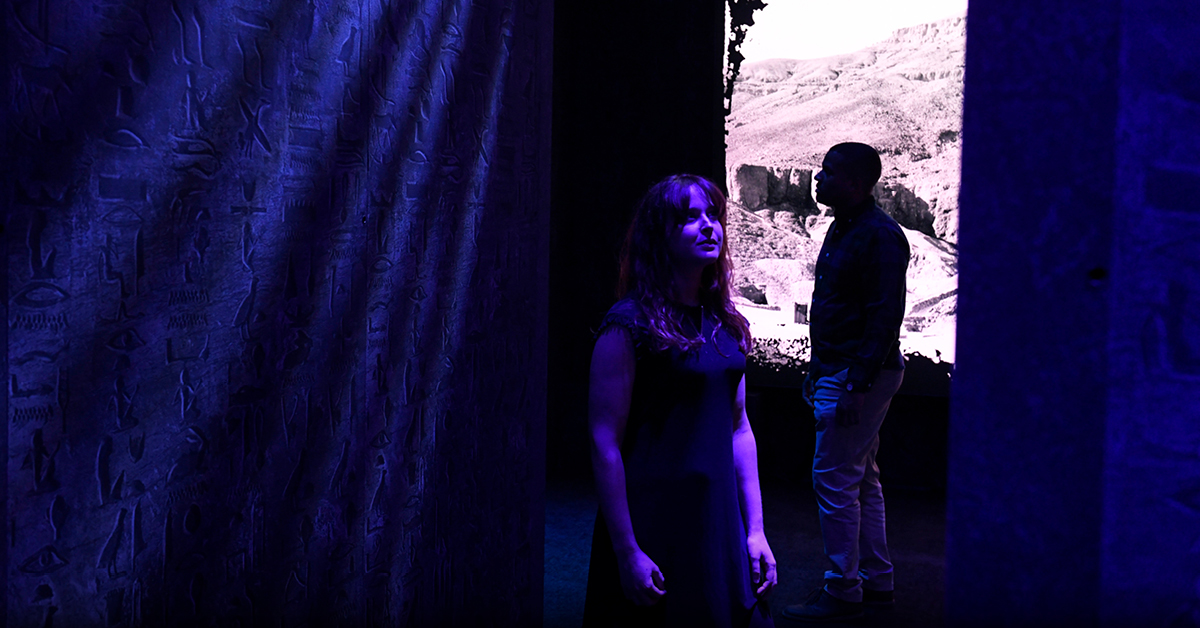
WHAT IS THE ROSETTA STONE?
What connection do ancient Egypt, Napoleon Bonaparte, and the study of languages all share? All three are connected to the Rosetta Stone – an ancient slab of stone that played a crucial role in deciphering ancient Egyptian hieroglyphs. Decoding these ancient symbols would be the key to understanding many written records, but the feat took decades to complete.
HOW WAS IT FOUND?
Beginning in 1798, Napoleon launched an invasion of Egypt, bringing with him an army of soldiers and scholars. Along with capturing the territory, the French sought to study ancient Egyptian society, believing it to be as influential a civilization as ancient Greece or Rome. One year into the invasion, in July of 1799, army officer Pierre-François Bouchard and his men were preparing for battle in a fort in Rosetta, Egypt. While strengthening the fort’s defenses, the men came upon a wall constructed out of stones and debris from ancient Egyptian sites in the area. As they cleared out the stones, one in particular caught their attention. The stone contained writing in three languages: ancient Greek, hieroglyphs and ancient Egyptian language called Demotic. Recognizing the significance of the discovery, Bouchard had the stone sent to scholars for further study.
France would ultimately lose their hold in Egypt to the British, however, academics from both nations saw the potential the Rosetta Stone held in translating hieroglyphs. Until this point attempts translating the picture-based language of ancient Egypt had all ended in failure. Since the Rosetta stone contained the same content in three languages, it could be used to decipher the meanings of the hieroglyphs found on its surface! Although scholars could see the possibilities of this breakthrough, it would take another 21 years before it would come to fruition.
CRACKING THE CODE
And when it was finally translated, what message from the past did the Rosetta Stone have to offer? The text on its surface was a proclamation from a council of priests who were announcing their loyalty to the newly crowned King Ptolemy V Epiphanes, who took the throne in Egypt around 204 B.C.!
